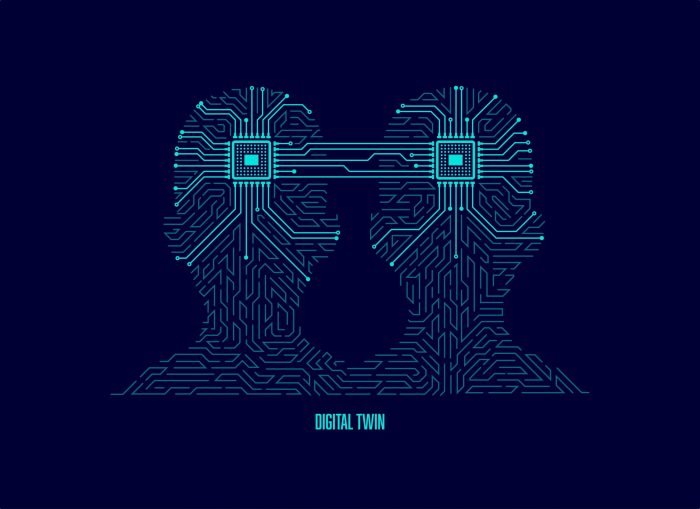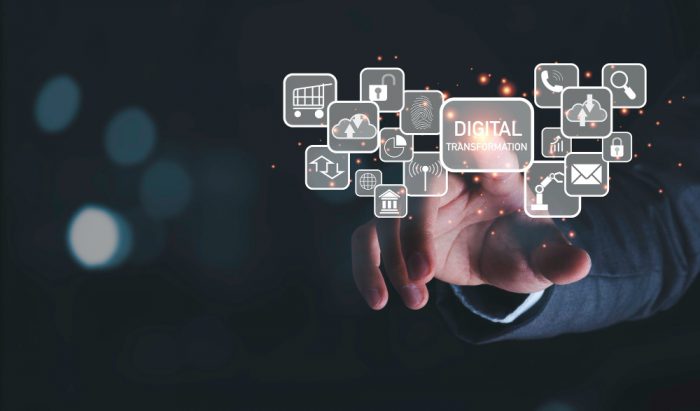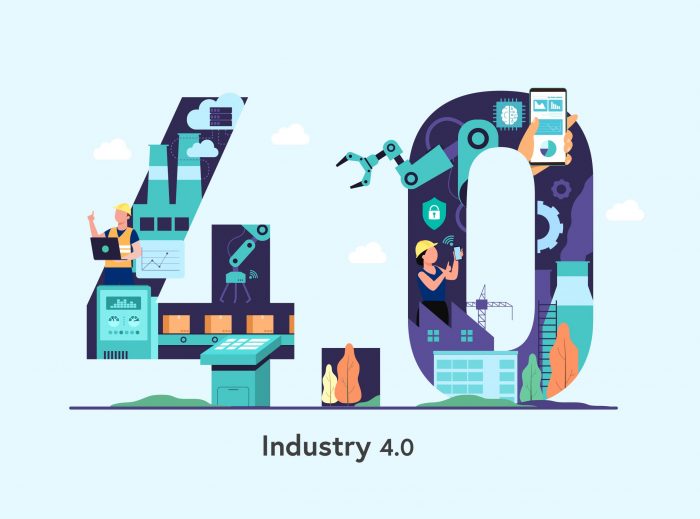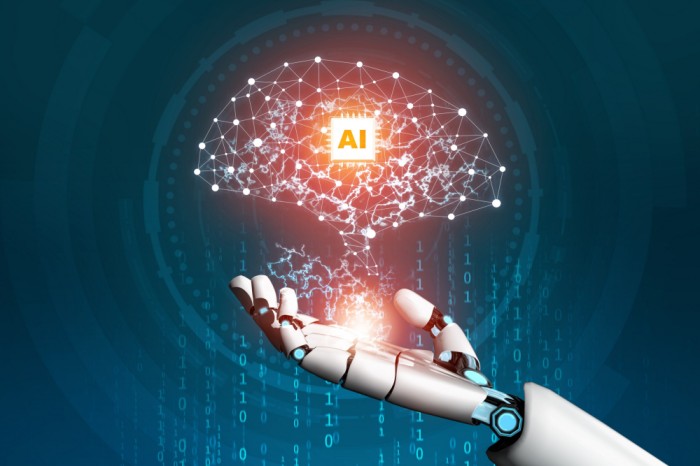Challenges Facing in Digital Twin Market – How to Overcome Them?
Audio : Listen to This Blog.
A digital twin is a digital representation of a physical twin that is a real-world entity, system, or event. It executes itself as an encapsulated software model or an object that mirrors a distinctive object, process, building, or human, regardless of whether that thing is tangible or non-tangible in the real world.
The diverse ecosystem of the digital twin in IoT, when combined with data analytics, offers an invaluable digital twin solution and resource for predictive maintenance & fault detection, to name a few applications, as well as the potential health of manufacturing processes and smart city technologies, as well as intrusive detection in medical care, fault analysis, and traffic management in a smart city.
Through the development of a connected physical and virtual twin, the Digital Twin platform will address the challenge of seamless integration between data analytics and IoT.
A digital twin platform uses its accurate analysis to provide real-time decisions and rapid analysis.
When multiple digital twins are combined, a composite digital twin technology is formed.
Items in the actual world are quite complex, with classification and coordination aspects. Things cluster together in a variety of ways on a spatial scale.
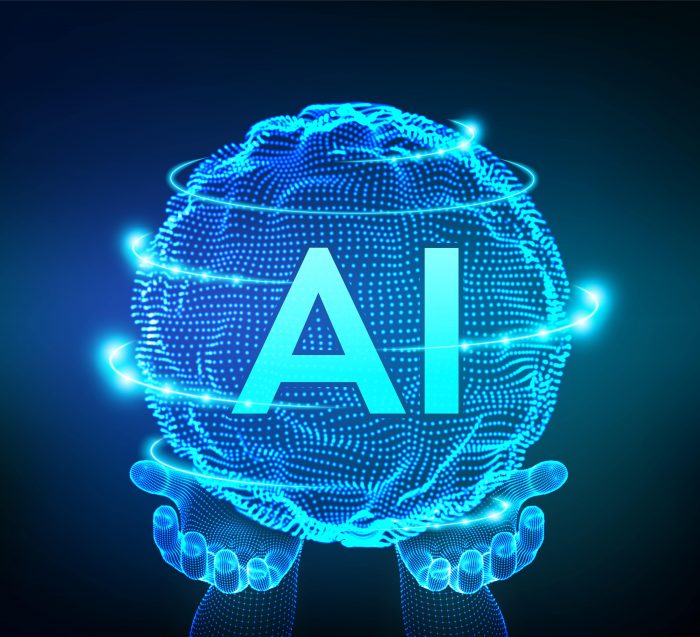
Human-to-human, human-to-thing, and thing-to-thing experiences result in a plethora of dynamic relationships and processes. Digital twin, like real-world mirrors, have similar characteristics and necessitate the modeling of a digital model, objects & processes with the simulation, composition, integration, ability to sense, and other capabilities.
Table of Contents
To achieve these capabilities, digital twins must overcome the following obstacles
Accurate Capturing of Physical Properties
A digital twin technology should be able to model both simple objects (like a vehicle, airplane, building, or a human being) and complex objects relationships (e.g., shopping process, an irrigation system, store, city, etc.) by accurately capturing their physical properties, simulating their behaviors, and adjusting their scale.
Project Collaboration
Digital twin technology should be able to collaborate on projects together. Digital twins, for instance, may effectively collaborate within a combined digital twin. A digital twin can collaborate and connect with other digital twins in a variety of contexts.
Automatic Updation in Real-Time
It should be self-informed of its size and functionality changes in real-time and change or alter when required.
Conflict Detection and Resolving
It should be able to detect and react to changes in a real-time environment. It should also be able to identify and resolve execution differences so that communications are consistent and accurate.
Interaction with Digital and Physical things
It can take on the form of a human user and communicate with other virtual objects or digital twins in an immersive manner.
Digital twins’ supporting technologies for futuristic virtual reality
Recent researches are accentuating few features that a model should perceive to overcome the digital twins’ challenges. Features like model real-time responsiveness, flexibility, sensing ability, integration, captivating interaction, and persistent semantics.
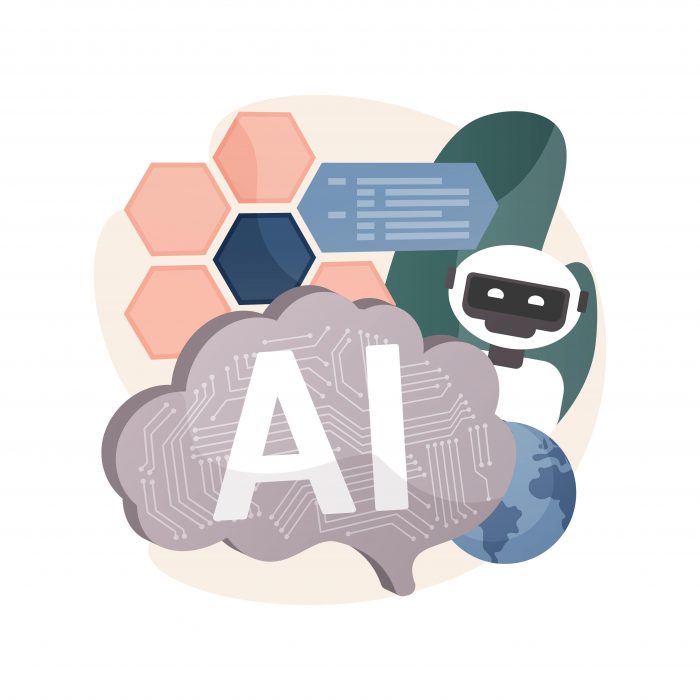
These developments have resulted in the development of several compound digital twin platforms that are actively interacting with one another on two levels, resulting in the emergence of a potential virtual world as a cyber-physically interconnected world.
The two twin level worlds are:
Let us understand in simple terms
Digital Twin Level – Connection between Object Digital Twins & Process Digital Twins
A digital twin level has various digital twins interconnected. This type of level has
Object digital twins, i.e., digital objects like building, products, a car, a store, a human etc. and
Process digital twins, i.e., digital processes like simulation, shopping, product lifecycle etc. in a way of interconnected (interactive) relations between digital objects that are exactly there in the real world.
Read More : “Digital Twin Technology in Manufacturing Industry: Detailed View“
This level’s digital twins have special mappings to their physical twins, which may be real-world objects or relationships between objects.
Virtual Twin Level – Connection Between Object Virtual Twins & Process Virtual Twins
Many interlinked virtual twins together make up a virtual twin level. This level has non-real-world –
Object Virtual Twins, i.e., virtual objects like a fighter jet created from imagination(fantasies), digitally created chatting room;
Human Virtual Twins, i.e., virtual avatars made from human users or softbot users;
Process Virtual Twins, i.e., virtual processes like virtual shopping, virtual class-attending, and virtual chatting that might act differently as in the real world.
Object-to-object, object-to-avatar, and avatar-to-avatar virtual behaviors are represented in this level.
Virtual twins and real-world objects do not have any mapping relationships.
For more information on how we can help you leverage your technologies, feel free to reach out to us here.
Contact us
Digital twins, on the other hand, have a mapping relationship with the objects pictured in human users’ mind.
Think of it as digital twins with no connection to virtual twins. They can also be used as virtual twins that communicate with digital twins to create virtual applications in which digital and virtual twins collaborate in the same collaborative space.
The combination of physical twins, digital twins, as well as virtual twins represents a significant step forward toward a potential virtual world, with the following key supporting technologies:
-
Technologies for digital twin level
Sensor Technology
It uses digital twin technology to gather data from real-world devices and systems and to monitor response.
Digital model construction
Geometric modeling, white-box modeling, and data modeling are all used in digital modeling to map the shape & laws of a real-world object.
Read More : “What are the Key Trends Shaping the Digital Twin Market?“
Digital Model Interoperability
For digital twins, it is the combination of geometric, white-box, and data models.
- Technologies for virtual twin level
Virtual model construction & interoperability
Virtual simulation and interconnectivity as digital modeling.
-
Technologies for both digital & virtual twin levels
Human-Computer Interaction
Human-Computer Interaction allows people to interact with digital and virtual objects, as well as virtual avatars, via computers.
Process Management
Process management is the process of planning, designing, and managing automated and virtual systems to achieve objectives.
Data Integration
It links heterogeneous devices in the real world, like heterogeneous digital objects on the digital twin level, and heterogeneous virtual objects on the virtual twin level in a seamless manner.
For more information on how we can help you leverage your technologies, feel free to reach out to us here.
Contact us
Process Integration
It links heterogeneous real-world processes, heterogeneous digital processes at the digital twin level, and heterogeneous virtual processes at the virtual twin level.
Conclusion
Digital twin solutions are steadily being used in many fields like a virtual office, eCommerce, healthcare, disaster management, and much more. Its concept is swiftly seeping into traditional aspects of planning process design, planning, prediction, simulation, and service.
Read More : “Digital Twins Technology in Logistics “
Future digital twins will converge toward a unified virtual world, i.e., a two-level virtual world created by precisely mapping digital twins onto physical twins in the real world and virtual twins onto human users’ imaginations in the imagination world.
FAQ's
The technology offers a real-time view of the performance of a physical asset. Manufacturing, automotive, and building are among the sectors that have already done digital twin implementation.
A digital twin platform collects data from embedded sensors to communicate an asset’s story over its entire life cycle. From experimentation to real-world use. We can use the digital twin in IoT to monitor basic indicators of asset health and efficiency, such as temperature and humidity.
“A digital twin technology consists of digital twin simulation which is a representation of an entity or device that extends its lifecycle, is modified from real-time data, and helps decision-making through digital twin simulation, machine learning, & reasoning.”
